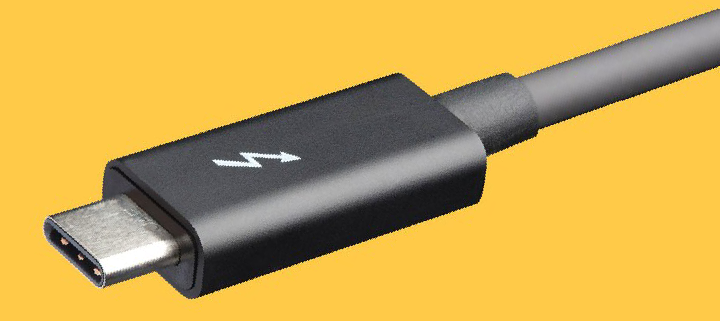Thunderbolt 3: processor support and royalty exemption
Over the past three years, Intel has been promoting the Thunderbolt peripheral connection interface,
regularly releasing updates on the appropriate adapter. The last, third generation Thunderbolt was more successful than others, and yet it cannot be called widely used. To turn the tide, Intel took two cardinal steps at once. First, it announced plans to integrate the Thunderbolt controller into the system logic of future Intel processors. Secondly, the company refuses to collect royalties (licensing fees) for the use of technology by third parties. Both steps are aimed at reducing the cost of using Thunderbolt and its wider distribution.

Why use Thunderbolt 3 on PCs and laptops? Here are some of its benefits.
- Uses standard for modern interfaces USB-C connector;
- Allows you to connect up to two monitors with a resolution of 4k;
- Provides power to consumers with a total power of up to 100 watts (that is, your laptop can be easily connected to the desktop USB socket);
- Devices connected to the bus (smartphones or tablets) can receive up to 15 W for charging;
- Four times faster than USB 3.1, data transfer rates can reach 40 Gbps — this is the fastest peripheral interface available.
Well, with the innovations mentioned above, Thunderbolt 3 becomes even more pleasant.
Source: https://habr.com/ru/post/404211/
All Articles